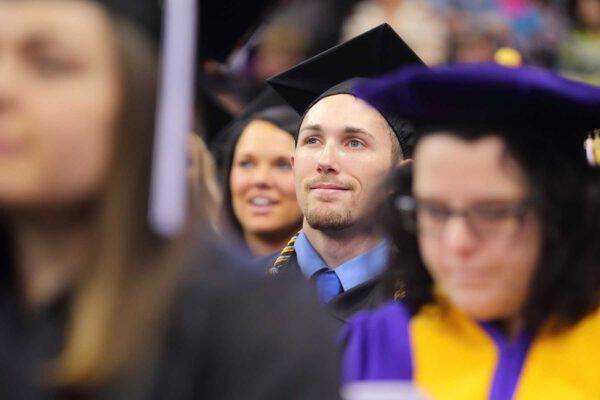New Report Finds That More Education Doesn’t Necessarily Mean Higher Earnings
Title: The College Payoff: More Education Doesn’t Always Mean More Earnings
Source: Georgetown University Center on Education and the Workforce
Authors: Anthony P. Carnevale, Ban Cheah, and Emma Wenzinger
Georgetown University’s Center on Education and the Workforce recently released a report demonstrating more education does not always mean higher earnings for graduates. Though workers with more education can generally expect higher earnings, the authors look at how lifetime earnings vary based on a number of factors including: major field of study, education level, industry, location, race, and gender, among others. Findings from the report are summarized below:
- Variation in lifetime earnings exists at all levels of educational attainment. For example, at the 75th percentile, individuals with associate’s degrees may make $2.9 million more in lifetime earnings than half of individuals who have obtained a bachelor’s degree. The authors cite that differences in field of study and occupation contribute to this variation.
- As individuals age and move forward in their careers, gaps in earnings by educational attainment widen. Workers with higher degrees see greater growth in earnings while workers with lower levels of educational attainment see smaller growth in earnings.
- The field of study students select in college contributes to lifetime earnings. Higher-earning industries (at the median) include engineering, architecture, computer science, and business while students pursuing psychology, education, arts and humanities, and consumer services typically have lower earnings. High school diploma holders would expect higher median lifetime earnings in math and computer applications while individuals with associate’s degrees make the most in health-related jobs. The authors note that “significant overlap” in earnings exists across occupations.
- Though women outnumber men at all levels of educational attainment, they have lower median lifetime earnings than their male peers. Disparities in earnings also exist across race and ethnicity. Within group differences in lifetime earnings vary by educational attainment.
- Lifetime earnings also differ by state, local industry opportunities, and distribution of workers and jobs by education level. Alaska has the highest median lifetime earnings for workers with no more than a high school diploma and individuals with associate’s degrees. Lifetime earnings are highest for bachelor’s degree holders in the District of Columbia and Connecticut. In addition to the previous locations, Master’s degree holders also have the highest lifetime earnings in Virginia and Maryland.
- The authors acknowledge the need for expanding career counseling in both secondary and postsecondary settings to provide students with better guidance in navigating education opportunities and labor outcomes.
Click here to read the full report.
—Danielle Melidona
If you have any questions or comments about this blog post, please contact us.


